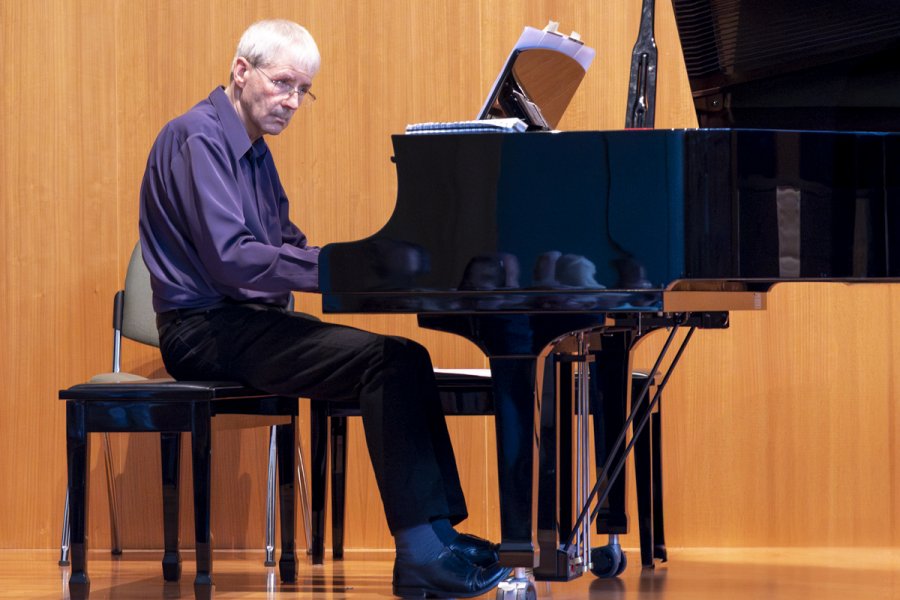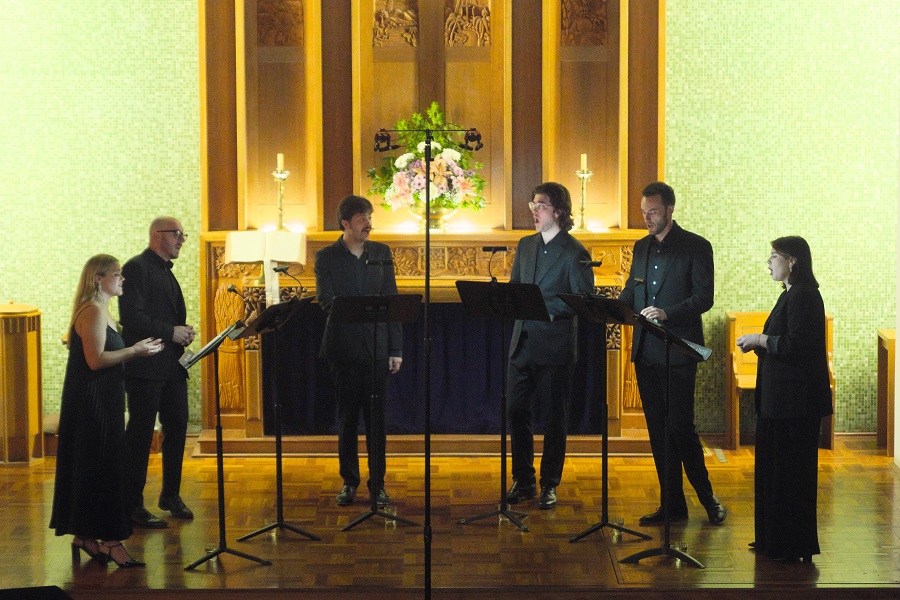
The National Film and Sound Archive’s show Ghost Trees is a moving (yes, it moves) exhibit that has to be seen and experienced in the comfort of a beanbag.
The exhibition is a surround-portrait of what we are losing from the world around us and comprises imagery and sound captured by the Terrestrial Ecosystem Research Network (TERN), and transformed into an immersive experience by Australian artists James McGrath and Gary Sinclair.
Using light detection and ranging scanning to capture “digital memories” of the endangered Rushworth Forest in Victoria, sensors generated three-dimensional scans for conversion into point clouds, data that represents disappearing landscapes.
Visual director James McGrath, an architect and painter who explores the meeting point between art, architecture, theatre and new media, has transformed these point clouds into moving graphics.
When I catch up with McGrath at the archive, he tells me that his own daughter recently experienced the exhibition and told him that she “felt she was within the trees – that’s what I wanted, the body becomes part of the trees,” he says.
As a painter trained in the Renaissance classical tradition, with a touch of Jesuit education too, he has always been fascinated by anatomy, seeing parts of the forest as a body where, in the process of scanning, you look at it “left, right, up, down, the way doctor looks.”
Some of the images show the body floating, some are taken from underneath looking up, others while flying, looking down and some moving through the air like a plane.
With his architectural background he recognised the possible uses of data capture technology by the Belgian academic, Prof Kim Calders from Ghent University and thought, “that’s for me”. Calders allowed him access to his data on the Rushworth Forest in Victoria and initially it was overwhelming with hundreds of millions of files.
“We had to find a way of putting ourselves in between the portals of data,” he says, adding that the exhibition, which puts together nature, science and data, will be very new to many – “even the kids are surprised,” he says.
Audio director Gary Sinclair is not so much an artist as a sound designer working in the museum, experiential, public art and broadcast sectors.
Sinclair has studied eco-acoustic site recordings and generated melodic phrases from the spatial data points of the trees to give “voice” to the forest, an integral part of the exhibit.

He has become focused on turning data into music – “music is mathematics, data is numbers”, he says.
He agrees with composer John Cage that there’s no such thing as silence and remembers as a child, trying to identify the sounds in street lamps as he tried to sleep.
Working together with McGrath, he says he wanted to make his music into “tactile music”.
“I’m always trying to create music that feels real and authentic, that almost has a physicality rather than being wallpaper,” he says.
The exhibition, he says, should be something that slows you down from the busy-ness of life.
“In making my choice of instruments, I wanted a soft piece with no abrasive sounds… I’m hoping people might relate to the experience,” he says.
Again, Calders’ research has proved incredibly helpful.
“There’s a massive archive of data and recordings,” he tells me, reporting that some scientists have literally taken microphones into the forest and leave them there.
“I’m not classically trained. I was a sound engineer and I always thought about music in scientific ways.
And, yes, the forest is making all the music — in the key of E.
Ghost Trees includes the addition of a little window where, using the 19th century Pepper’s Ghost illusion, the central pod allows a shadowy peek at trees in the Botanic Gardens of Sydney, Tasmania’s Huon Valley and the TERN research SuperSite in the Snowy Mountains.
Ghost Trees, National Film and Sound Archive until September 8.
Who can be trusted?
In a world of spin and confusion, there’s never been a more important time to support independent journalism in Canberra.
If you trust our work online and want to enforce the power of independent voices, I invite you to make a small contribution.
Every dollar of support is invested back into our journalism to help keep citynews.com.au strong and free.
Thank you,
Ian Meikle, editor








Leave a Reply